
The Evolution of English Ballroom Dance Style

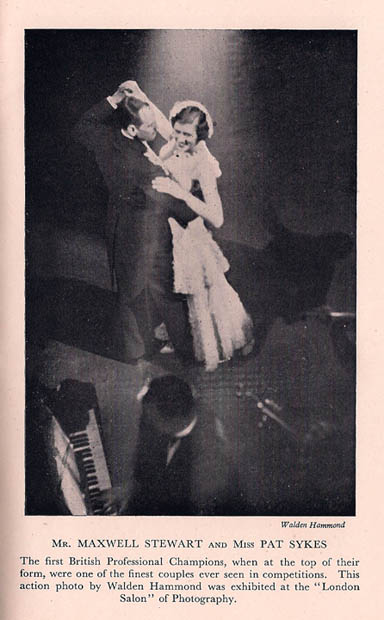
The discussion covered a very wide range of subjects, but by far the most important was the decision that the first aim of the profession should be to cater for the general dancer and not the expert. For this reason the basic steps of the standard dances and of any new dance should be kept as simple as possible.4The Great Conference also decided to standardize ballroom dance music and tempos. That story is on this separate page. If you enjoy adapting to a wide range of musicality in your dancing, you'll find the 1930s schism on that topic fascinating.
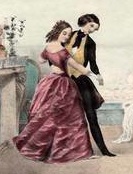
|
In the 19th century, European ballroom dances either had a vertical body carriage, as in the waltz, or they leaned toward the direction
of travel, as in the polka, shown here. Counter-sway, where the body inclined against the direction of travel, with the hip leading the direction of travel, is widely acknowledged to be an African influence, and entered Western ballroom dancing through three different African populations. 1) African American counter-sway was first, appearing in some Ragtime Era dances at the turn of the century. In the 1915 silent film The Whirl of Life, African Americans are shown dancing with a prominent counter-sway motion. This remained a hotly debated body motion in the U.S. for over a half-century, as evidenced by Dick Clark's ban of any hip movement on his 1950s American Bandstand show. |
The basic steps are very similar in construction to those in the "square" formation movement sometimes used in teaching a Valse. The learner should practice the square Valse movement — forward with the left, to the side with the right, close the left to the right (one bar), back with the right, left to the side, close the right to the left (one bar). There are four counts to the bar in Rumba music, but only three in the Valse.10In the same issue Victor Silvester reported that, "There has been no change in the Waltz in the past twelve months."11 i.e., The waltz was still being danced vertically in 1934, without any sway.
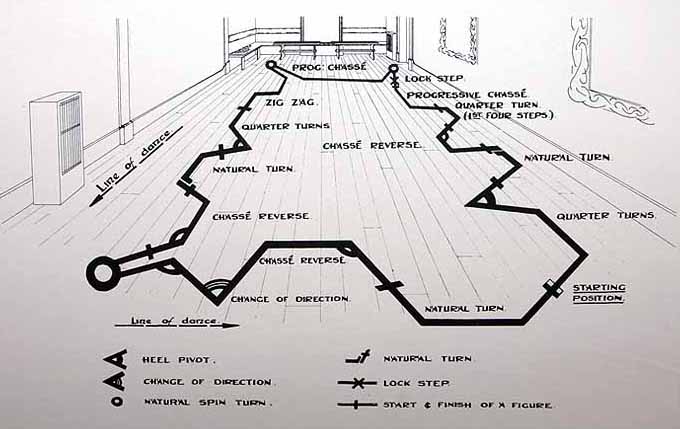
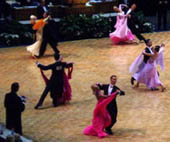 |
The third phase occurred when competitions introduced the format of the elimination round, where the competition began with a fairly crowded floor, filled with
all of the competitors dancing at once. The judges thinned the crowd down to a few finalists – those to be individually
evaluated. This change in competition format resulted in a dramatic change in the look of competitive ballroom
dance. The dancers had to perform far more expansive movements, to stand out from the
crowd. Extreme, exaggerated movements and costuming were a matter of survival, either outshining the others or being quickly eliminated. |
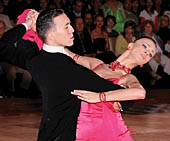
|